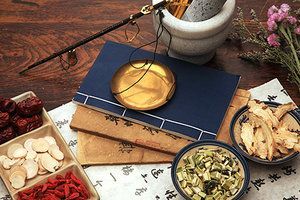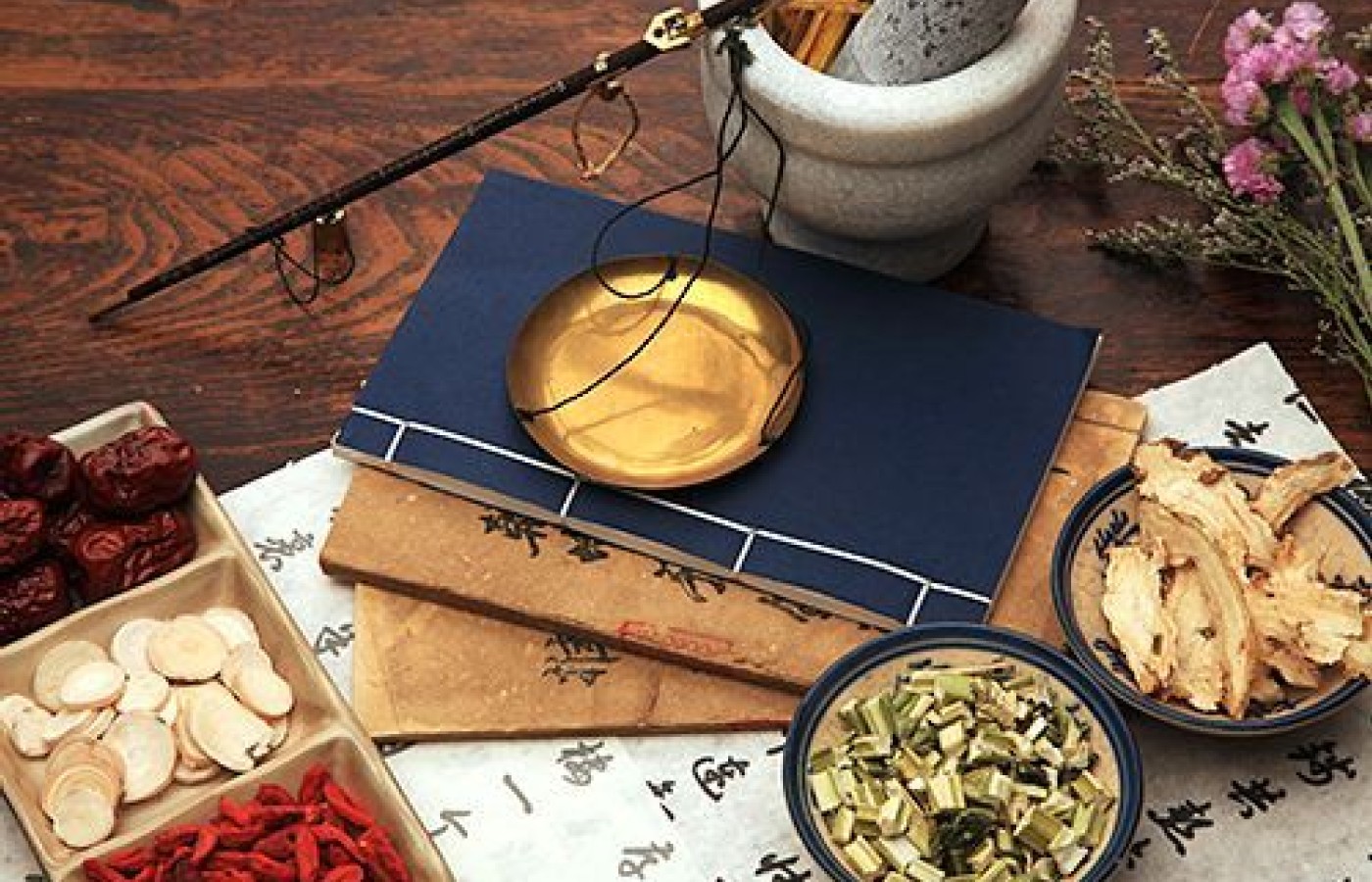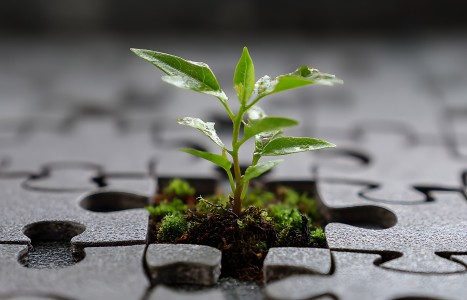When we talk about fertility, the focus is often placed on the ovaries and the uterus. Yet sperm-related factors contribute to nearly half of all cases of infertility. Whether someone is navigating fertility care alone or with a partner, and whether building a family through intercourse, IVI, IUI or IVF, it’s vital to include sperm health in the picture.
Preserving the Natural Resources and Culture of Chinese Herbal Medicine
As the world experiences unprecedented population growth and ever-increasing ecological pressures, the topic of preserving Chinese medicine's natural resources has attracted steadily increasing attention from practitioners. The holistic nature of Chinese medicine tends to attract people with a passion for ecological sustainability to begin with, and the constant stream of alarming media reports about pollution in China keeps the topic of TCM ecology in the spotlight for many clinicians and patients. Practitioners are frequently confronted with patient questions and media reports about pesticides, contaminants, and endangered species in the Chinese medicine industry, and all too often we fail to clarify the facts surrounding these issues effectively to the community around us.
Most Western practitioners gravitate towards Chinese medicine because we want to help patients, so our examinations and schools tend to naturally focus on clinical knowledge rather than specialized disciplines such as herbal pharmacy. Although practitioners are often passionately concerned about the quality, safety, and ethics of the herbs they prescribe, the precise origins and growing conditions of the dried, sliced Chinese herbs seen in the pharmacy remain shrouded in mystery for many practitioners. By better understanding where our herbs come from, we can better communicate with our patients about important questions related to herbal safety and ecology.
Preserving Herbal Resources
Protecting the planet's natural resources is essential for the long-term future of Chinese medicine. In ancient times, wild plants were widely used in Chinese medicine, and many herbs remain primarily collected from wild sources. Although many medicinal herbs remain abundant in the wild, gradually increasing demand and finite limits to wild populations has spurred cultivation for centuries.

In some cases, herbal resources have been inadequate throughout long stretches of history. For example, wild Asian ginseng was originally found across a relatively wide geographic range in China prior to the Song Dynasty, but some of the ginseng production regions that were praised by ancient texts no longer have intact populations of wild ginseng remaining. As Asian ginseng became increasingly scarce, codonopsis and American ginseng emerged as substitutes, and both herbs entered the materia medica literature at the same time in the mid-18th century. Wild ginseng held on by a thread in Northeastern China, largely due to the closure of large forest areas by Imperial decree in the Qing Dynasty. Today, all Asian ginseng used clinically in Chinese medicine comes from cultivated sources, and genuine wild specimens are exceedingly rare.
In the modern day, over 150 common Chinese herbs are primarily derived from cultivated plants. Many herbs have been cultivated for centuries, such as Bai Zhi, Di Huang, and Huang Lian, and abundant ancient records describe their ideal growing regions, features, and processing methods.
Over time, new cultivation techniques have arisen, such as the use of cell culture to propagate plants that cannot be easily cultivated by seed. Herbs such as Bai Ji, Tian Ma, and Shi Hu are cultivated in glass jars using cell culture, which has brought Shi Hu and Tian Ma back from the threat of extinction and will help preserve Bai Ji's wild resources. Other herbs, such as Fu Ling, benefit from sustainable harvesting methods utilizing pine trees that are cultivated on terraces and inoculated with the poria fungus, eliminating the need to damage wild pine trees. While most plants that can be easily grown have already been cultivated for centuries, these innovative techniques make it possible to cultivate technically challenging plants that would otherwise be unsustainable based on their limited wild resources.
As practitioners, our patients often ask us about issues of endangered species in Chinese medicine. In the media, our patients read about cases such as the recent six-month endangered species sting that generated a £ 20,000 fine for a prominent TCM company in downtown London, while the real story of how the London police managed to waste six months of endangered species enforcement resources on a few bottles of granules made from obviously cultivated plants goes unnoticed. One can't help but wonder how much ivory trafficking could have been prevented if some literature review or even a decent Google search was considered before they went after the Mu Xiang granules.
Granted, we can't solve all the perception problems about Chinese herbs and endangered species overnight, but we can save our patients a lot of trouble and stress by being well informed about the ecological background of the herbs that we use.
Preserving Medicinal Authenticity
The art of identifying genuine medicinal materials has been central to quality control in Chinese herbal medicine for millennia. Although illustrated texts and written descriptions have been used to transmit knowledge surrounding Chinese medicinal identification for well over a thousand years, avoiding misidentified herbs and inferior products has been an issue for herbalists throughout history. As a result, the traditional techniques that developed over the centuries to identify Chinese medicinals based on their macroscopic features remain highly relevant today.
Writing in the 6th century A.D., the physician Tao Hongjing summarized the challenges of the ancient herbal marketplace in the following timeless quote: "Many doctors do not recognize medicinals, and only listen to the vendors; the vendors are not experts and trust those that collect and distribute [medicines]. Those who collect and distribute rely on inherited [knowledge] and cannot distinguish genuine vs. inauthentic, good vs. bad." As practitioners in the modern era, we have the luxury of having many reliable suppliers with excellent quality control practices to choose from, but we nevertheless must remain proactive to minimize the degree to which Tao's statement rings true today.
In the modern day, the Chinese Pharmacopoeia serves as the guiding authority on the official botanical origin of most common Chinese medicinal materials, and it also provides the standard testing methods used for their identification. Another fantastic resource is the Hong Kong Chinese Materia Medica Standards series, which stands out as one of the most freely accessible and authoritative sources of information on Chinese medicinal authentication; the monographs are available for free online here: www.cmd.gov.hk/html/eng/service/hkcmms/cmmlist.html
In China, authenticated reference standards of Chinese herbs are provided by the National Institute for Drug Control (NIDC) for use in analytical testing and confirmation of botanical identity. China's laws on GMP manufacturing for herbal products, like those of the U.S., emphasize the correct botanical identification of the herbal materials that are used, and manufacturers such as granule extract companies routinely use thin layer chromatography (TLC) to identify over 400 individual single herbs.
The importance of authentication of medicinal materials and retention of voucher specimens is emphasized in the current NIH guidelines for herbal medicine research, and numerous U.S.-based groups are currently developing authentication resources. The United States Pharmacopoeia (USP) and the Chinese Pharmacopoeia recently announced an increased level of cooperation to advance quality control standards, and the recent decision of the USP to create monographs on herbal medicines instead of simply dietary supplements marks a historic milestone. Additionally, a number of other U.S. organizations have been very active in the field of botanical identification in recent years, including the American Herbal Products Association (AHPA), American Herbal Pharmacopoeia (AHP), and the American Botanical Council (ABC).
Preserving Materia Medica Culture
In addition to preserving Chinese herbal medicine's physical resources, such as wild plant reserves and prime cultivation environments, the culture surrounding Chinese materia medica literature is worthy of preservation. For centuries, encyclopedic materia medica texts have recorded knowledge about herbal quality, processing, growing regions, and clinical applications, and these texts exemplify a cultural tradition of scholarship that lives on to the present day.
We are rapidly approaching the 500th birthday of Li Shizhen, the author of the Ben Cao Gang Mu (Grand Compendium of Materia Medica). The Ben Cao Gang Mu represents the peak of the traditional Chinese materia medica literature, written based on Li Shizhen's extensive personal travels and deep textual research. More than just an herbal encyclopedia, Li used the Ben Cao Gang Mu to illustrate a comprehensive and novel approach to the classification of nature as a whole, recording knowledge that remains relevant across many disciplines up to the present day.
As Chinese medicine increases in popularity in the West, we should endeavor to preserve the tradition of scholarship that lies at the essence of materia medica research, just as we protect the plants themselves.
References:
- www.ilaaom.org/images/_Newsletter_08.13-web-MR.pdf
- http://content.met.police.uk/News/Medicine-store-fined-20k-for-using-endangered-plants/1400011026138/1257246741786
- www.aaaomonline.org/blogpost/955474/162385/Endangered-Herbs-in-Chinese-Medicine
- www.cites.org/sites/default/files/common/com/pc/19/E19i-07.pdf
- www.cites.org/eng/cop/06/prop/proposals/E06-Prop-63_Saussurea.PDF
- www.cmd.gov.hk/html/eng/service/hkcmms/cmmlist.html
- www.sciencedirect.com/science/article/pii/S037887411200061X



